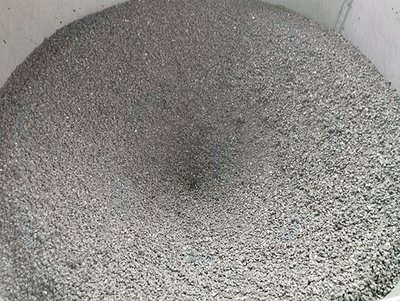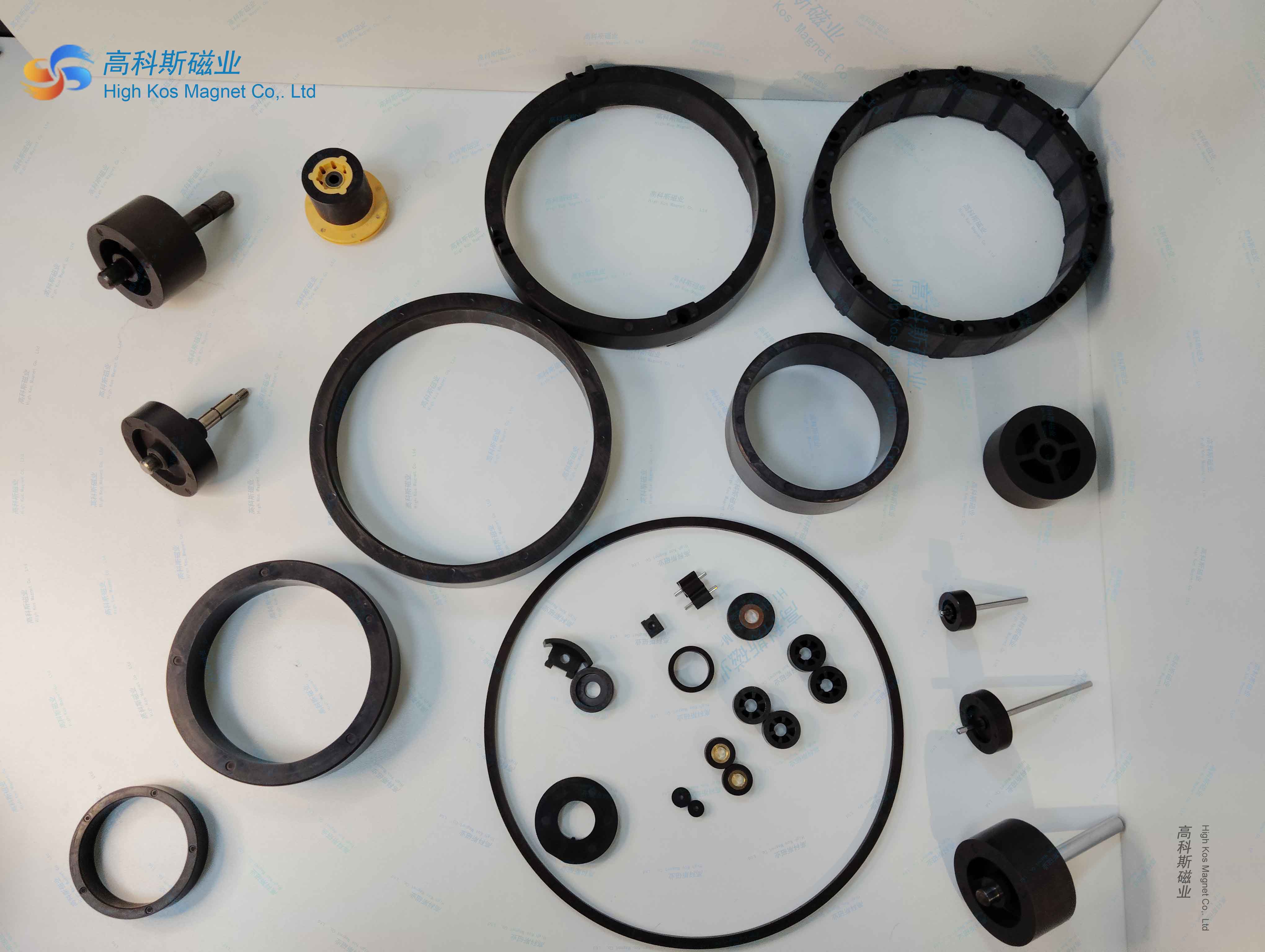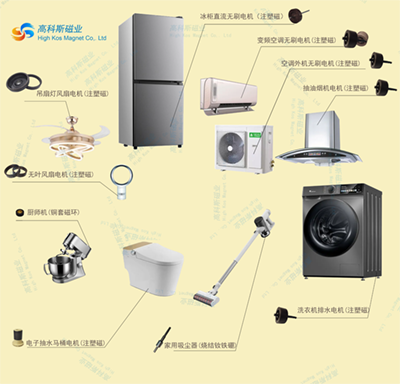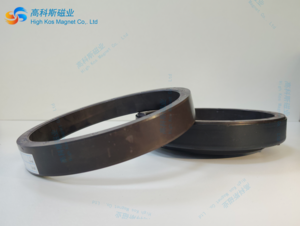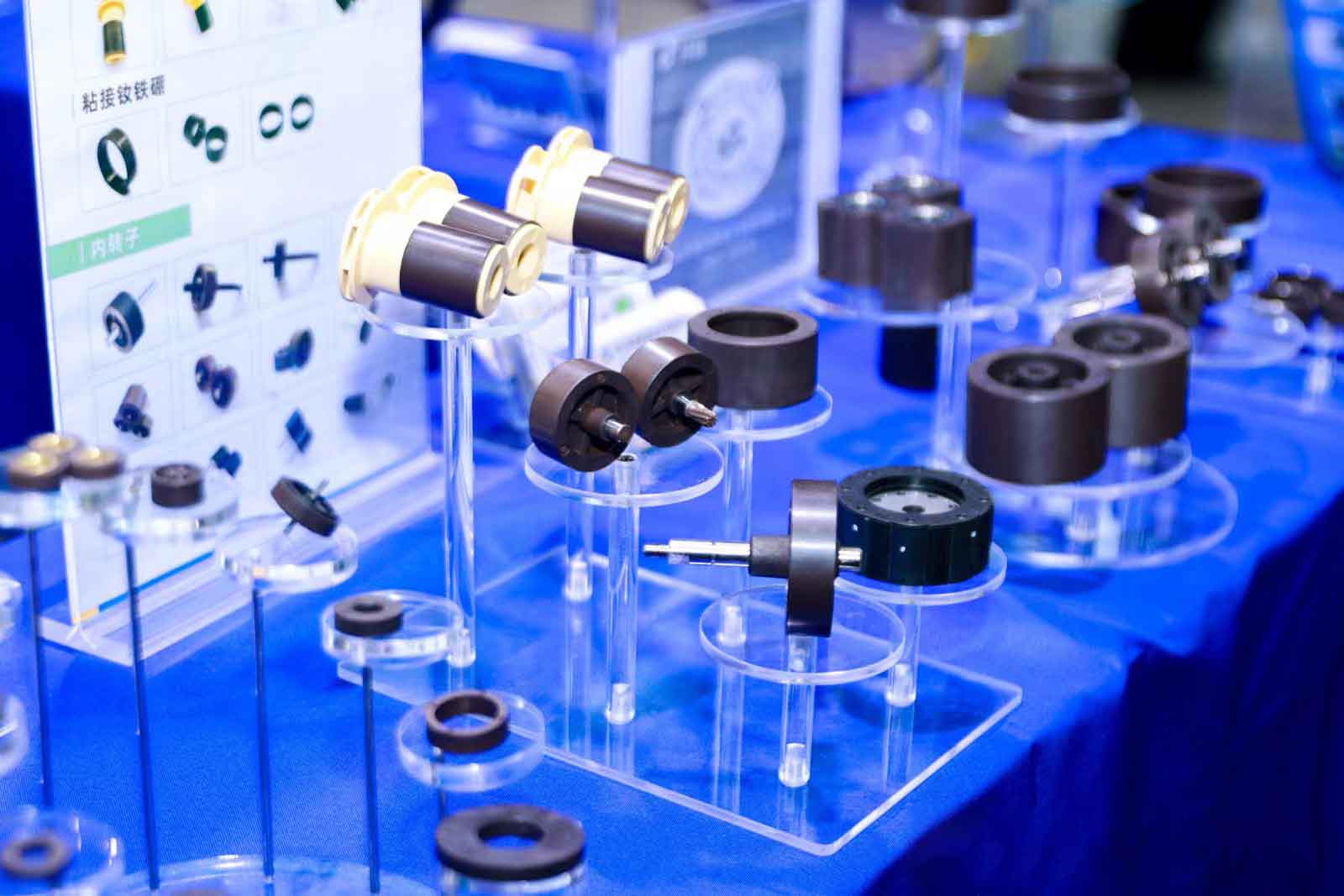Basic knowledge of magnetism - magnetization intensity
Magnetization Intensity
Magnetization intensity (symbol: M) is a physical quantity that describes the degree to which a material is magnetized, representing the vector sum of microscopic magnetic moments per unit volume. It is the core parameter for understanding material magnetism (such as ferromagnetism, paramagnetism, diamagnetism), which directly affects the macroscopic magnetic behavior of materials.
1. Definition and Formula
Mathematical definition:
Among them:
The vector sum of all microscopic magnetic moments (such as atomic and electron spin magnetic moments) within the volume V.
Unit: Ampere per meter (A/m).
Relationship with magnetic field:
The magnetic induction intensity B is determined by the external magnetic field H and the magnetization intensity M
Where is the vacuum magnetic permeability.
2. Physical significance
Microscopic explanation:
The magnetism of materials originates from the arrangement of internal microscopic magnetic moments, such as electron orbital magnetic
moments and spin magnetic moments. The magnetization intensity M quantifies the collective orientation degree of these magnetic moments:
M=0: The magnetic moment is completely disordered (such as when paramagnetic materials are not magnetized).
Maximum M: The magnetic moments are completely aligned in the same direction (such as when ferromagnetic materials are saturated
with magnetization).
Macro performance:
Ferromagnetic materials (such as iron, neodymium iron boron): M is extremely large and can spontaneously magnetize.
Paramagnetic materials (such as aluminum and oxygen): M is small and increases linearly with the increase of external magnetic field.
Antimagnetic materials (such as copper and water): M is negative and the direction is opposite to the external magnetic field.
3. Magnetization curve and saturation magnetization intensity
Initial magnetization: As the external magnetic field H gradually increases from zero, M rapidly rises (magnetic domain alignment).
Saturation magnetization: When all magnetic domains are perfectly aligned, M reaches its maximum value (saturation magnetization),
and thereafter M no longer changes with increasing H.
Ferrite: ≈ 300-500 kA/m
Neodymium iron boron (N52): ≈ 1000-1400 kA/m
4. Influencing factors
Material type: The Ms of ferromagnetic materials are much higher than those of paramagnetic or diamagnetic materials.
Temperature: An increase in temperature will decrease the magnetization (thermal disturbance disrupts the arrangement of magnetic
moments), and ferromagnetism disappears when the Curie temperature is reached.
External magnetic field strength: M increases with the increase of H until saturation.
Microstructure: Grain orientation, impurities, stress, and other factors affect magnetic domain motion, thereby altering M.
5. Application examples
Permanent magnet design: By maximizing Ms and coercivity Hc, the performance of the magnet is improved (such as neodymium iron
boron used in high-efficiency motors).
Electromagnetic components: The transformer core is made of high M silicon steel sheets to reduce hysteresis losses.
Magnetic storage medium: The magnetic material in the hard disk needs to have a controllable M-direction to store data.
